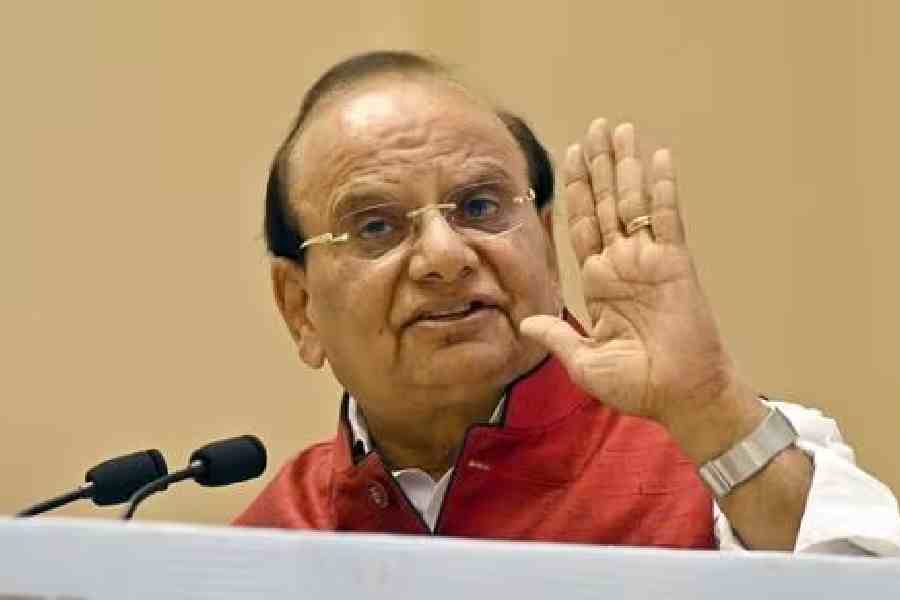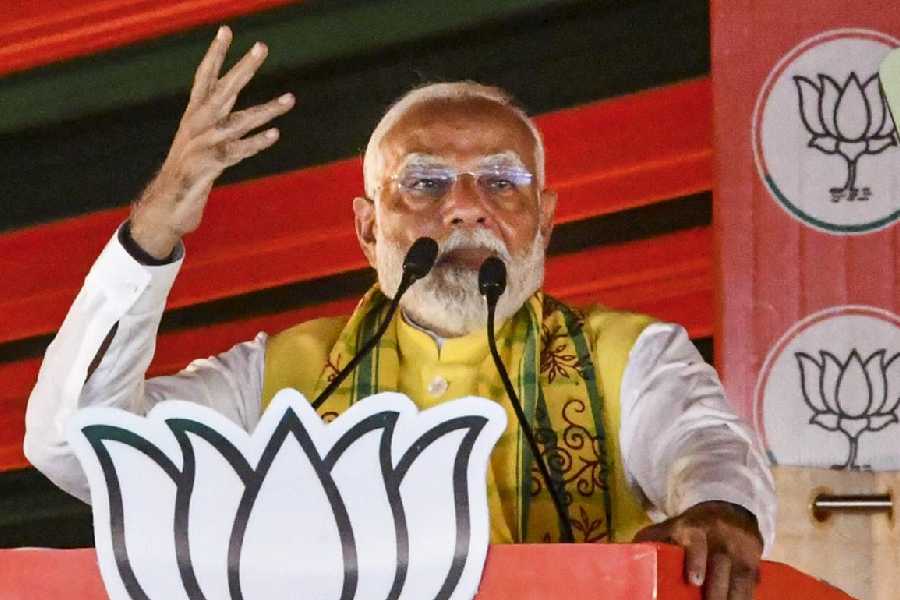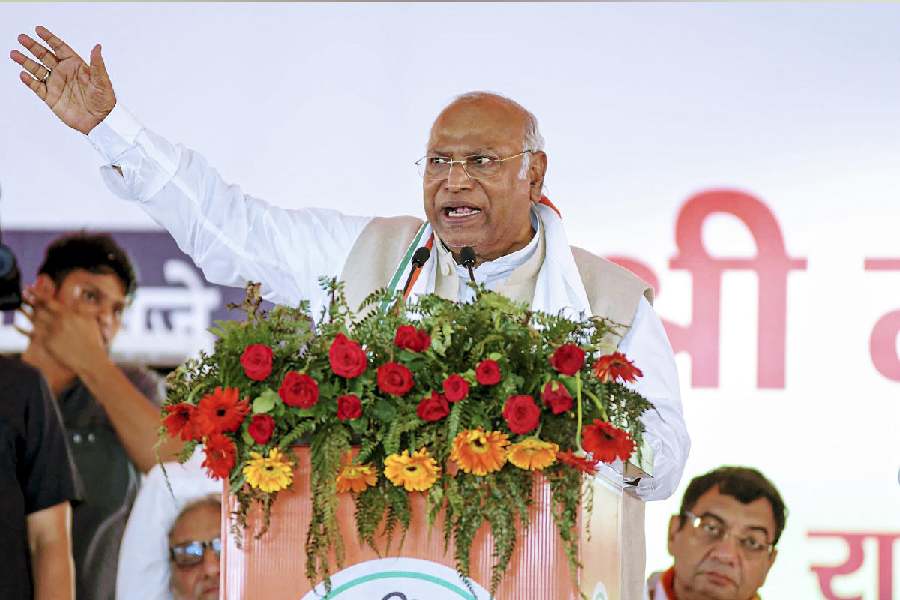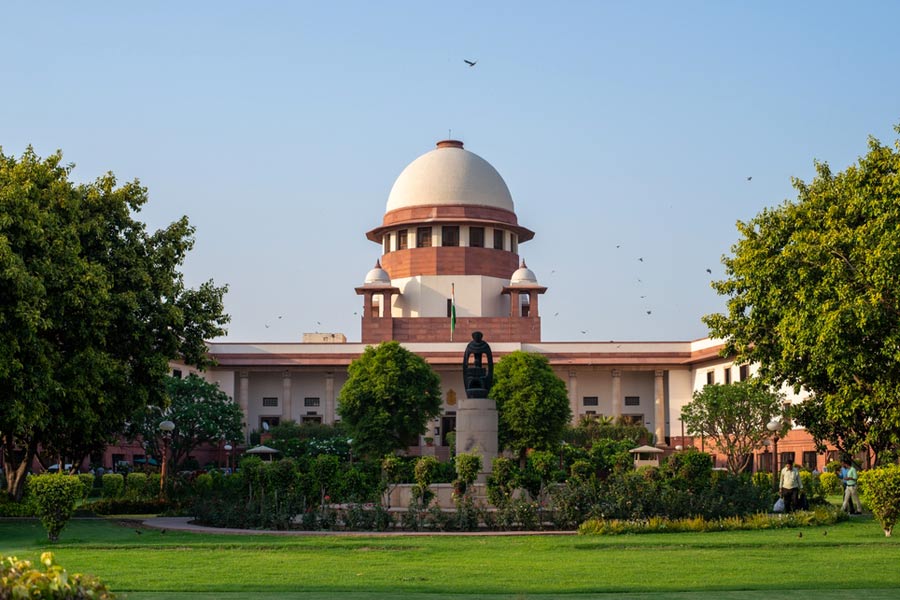India needs to be mindful of the gap. The nation, it has been reported, has one of the longest time gaps between the registration of a criminal case and its legal resolution. Data from the National Crime Records Bureau 2021 suggest that only 10,416 cases of murder were resolved that year with a conviction rate of 42.4%. The same data set also reveals that in Maharashtra, it took between five to ten years to conclude 681 cases of murder and other serious transgressions; alarmingly, in 155 instances, the trial continued for over 10 years. This is not to suggest that justice moves swiftly in other states. Had that been the case, Indian courts would not have been burdened with 4.7 crore pending cases: the Union law minister conceded this figure recently.
High pendency along with poor conviction rates is not a novel phenomenon. Indians are aware of the problem and its causes. Yet, some of the consequences of the slow wheels of justice appear to be worrying. There has always been a collective — subterranean — opinion in favour of instantaneous justice. This has taken various forms, ranging from the strident demands for the imposition of hasty death penalties for offenders charged with serious crimes, to indifference towards custodial deaths, to the decrees ordered by khap panchayats. But there is now concern that the State may be weaponising this public inertia. The rhetoric on encounter deaths — the gunning down of criminals using extra-judicial means — is a classic instance of this new development. The chief minister of Uttar Pradesh, for instance, seems to be eager to derive political goodwill out of a rather dubious record: under Yogi Adityanath’s watch, since 2017, 10,900 police encounters have taken place in the state, resulting in the elimination of over 180 criminals. It is unlikely that Uttar Pradesh has seen the last instance of blood being spilled on the streets, even though this impunity for the gun-wielder ends up creating a dangerously skewed template of justice. The Indian apparatus of justice delivery is thus dealing with two portentous challenges that are, in fact, inter-connected: a mounting pendency rate and the attendant impatience with established procedures and the rule of law. But the responsibility of reinvigorating public enthusiasm for the law does not lie with the courts alone. The executive must do its bit. Unfortunately, the Narendra Modi government’s reign has been marked by its fractious ties with an independent-minded judiciary. The impact of this bitterness could be manifold.










